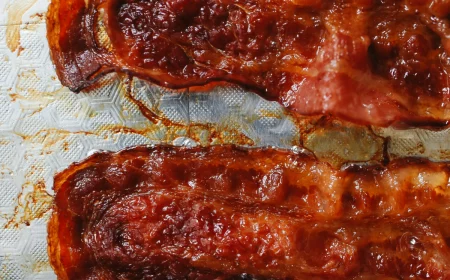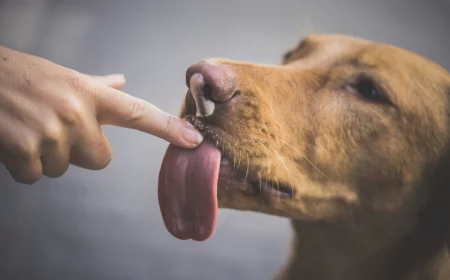Let’s Be Real About DIY Bed Bug Sprays (And What Actually Works)
If you’re reading this, chances are you’re stressed, exhausted, and maybe a little creeped out. I get it. After more than a decade in pest management, I’ve seen that look on countless faces. You’ve probably spent money on store-bought foggers, essential oils, and powders, only to find more bites the next morning. It’s incredibly frustrating.
In this article
- Why Most Sprays Are a Waste of Time and Money
- A Better DIY Contact Spray (But Use With Caution!)
- The REAL Battle Plan: Integrated Pest Management (IPM) at Home
- Common Mistakes That Will Set You Back
- The Big Question: DIY vs. Calling a Professional
- Final Thoughts: A Realistic Plan is Your Best Weapon
- Inspirational Gallery
So let’s have an honest chat. My goal here isn’t to sell you anything. It’s to give you the field-tested, no-nonsense advice I share with my own team. We’re going to cover how to make a decent contact spray, but more importantly, we’re going to put that spray in its proper place: as one small part of a much bigger, smarter strategy.
Because, frankly, you can’t just spray your way out of a bed bug problem. To win this fight, you need to think like a pro, and that means using a combination of tactics.

Why Most Sprays Are a Waste of Time and Money
Before we mix anything, you need to understand your opponent. Bed bugs are absolute masters of survival. Their entire existence is built around finding a host, feeding, and then disappearing without a trace. This is why a quick spritz on your mattress is doomed to fail.
First off, these guys are cryptic, which is the technical term for being expert hiders. They spend over 90% of their lives tucked away in tiny cracks and crevices. They aren’t hanging out on the surface of your sheets. They’re deep in the seams of your mattress, inside the box spring, behind the headboard, and even behind the faceplates of your electrical outlets. I once found an entire family of them living inside the spine of a hardcover book on a nightstand. You have to check everything.
Second, their life cycle is tough. A single female can lay hundreds of eggs in her lifetime. These eggs are tiny, like a pinhead, and glued to surfaces. Most DIY sprays have zero effect on them. So, even if you kill a few adults, a whole new generation is just waiting to hatch in about a week or two.

A DIY spray is what we call a “contact killer.” It only works on the bugs it physically touches. The second it dries, it’s useless. Think of it as a rifle, not a landmine. It only works exactly where you aim it, right at that moment. A real infestation requires a defensive field, and that’s something a simple spray just can’t create.
A Better DIY Contact Spray (But Use With Caution!)
Okay, so if you’re set on making a spray for killing bugs on sight during your inspection, you can make one that’s much better than the typical water-and-lavender-oil recipes online. The secret is using an ingredient that can actually break down the bug’s waxy shell.
Heads up! This mixture is flammable. Seriously. Never use it near open flames, pilot lights, or hot surfaces. Make sure the room is well-ventilated. And always test it on a small, hidden spot on fabric or wood first to check for damage. Some essential oils can also be toxic to pets, especially cats, so check with your vet if you have furry friends.
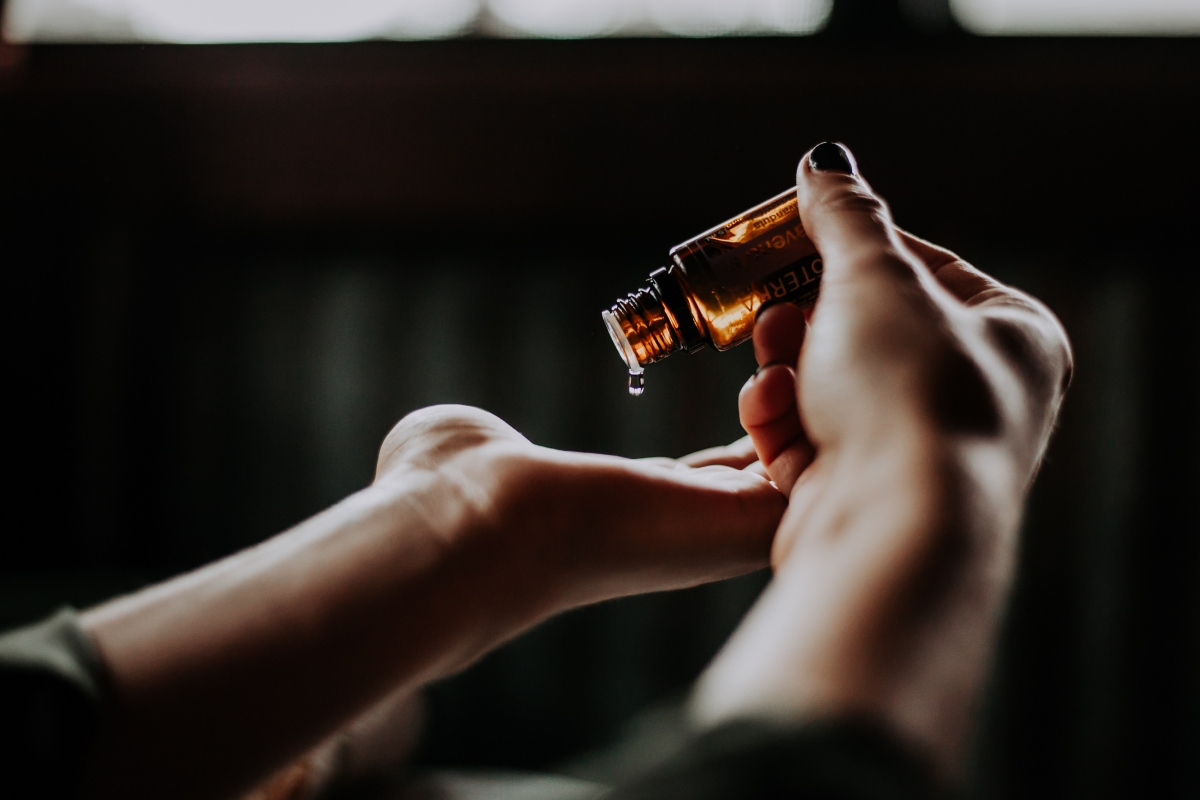
Here’s What You’ll Need:
- A good quality 16-ounce spray bottle. You can grab one at any hardware store for a few bucks.
- 14 ounces of 91% Isopropyl Alcohol. Don’t use the 70% stuff. The higher concentration is what does the work here, acting as a solvent and drying out the bug’s exoskeleton. This is your main active ingredient. It should cost around $5-$8 at a pharmacy or big-box store.
- 10-15 drops of Peppermint or Tea Tree Oil. Honestly, their main job here is to act as an irritant that might flush a few bugs out of hiding.
- 1/4 teaspoon of clear liquid dish soap. This is just an emulsifier to help the oil and alcohol mix properly.
Instructions:
- Pour the 14 ounces of 91% alcohol into your spray bottle.
- Add the dish soap and the essential oil drops.
- Screw the top on tight and shake it like you mean it for about 30 seconds.
- Label the bottle clearly, including a big “FLAMMABLE” warning, and store it safely away from kids and pets.
When you spray a bug directly with this, it should stop moving pretty quickly. That’s the alcohol working. Just remember to shake it before each use.
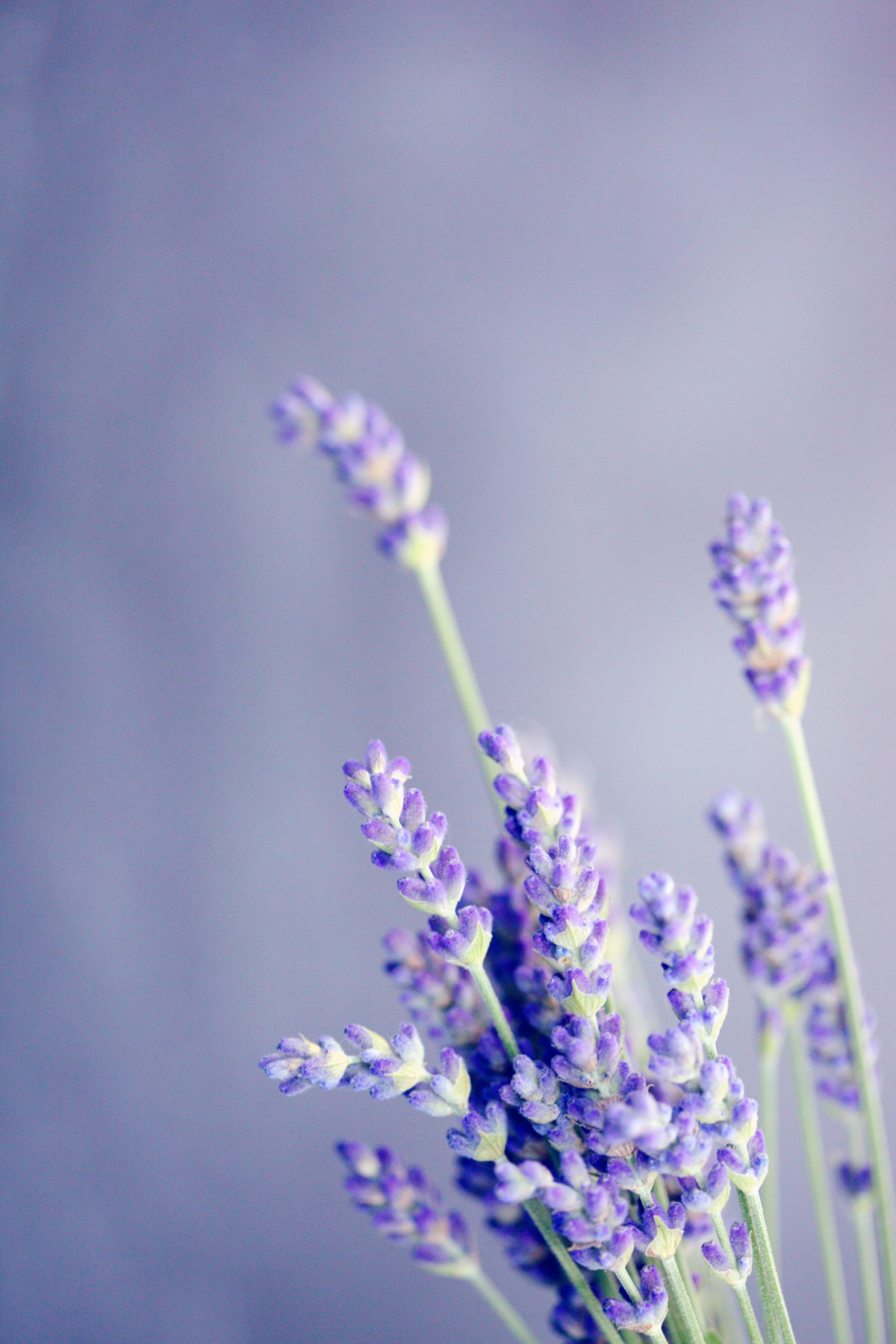
The REAL Battle Plan: Integrated Pest Management (IPM) at Home
Now that you have your contact spray, let’s put it to work as part of a real plan. IPM is the gold standard in the pest industry. It’s a whole-system approach that will actually solve the problem for good.
Step 1: The Deep Inspection (Plan for 2-4 Hours)
This is the most important step. Don’t rush it. Grab a bright flashlight and an old credit card. Your mission is to systematically check every single inch of the following areas, using your spray on any live bugs you find:
- The Mattress: Check every seam, tuft, and tag. Use the credit card to scrape along the seams to push out anything hiding inside.
- The Box Spring: This is a major hotspot. Flip it over, tear off the thin fabric stapled to the bottom, and inspect the entire wooden frame inside. I find the core of the infestation here about half the time.
- The Bed Frame & Headboard: Take the bed apart if you can. Check every screw hole, joint, and crack. If the headboard is mounted on the wall, take it off and look behind it.
- Furniture Near the Bed: Empty nightstands and dressers. Pull out the drawers and inspect the joints, runners, and undersides.
- The Room’s Perimeter: Pull the carpet back from the wall to check the tack strips. Look behind baseboards and around window and door frames.

Step 2: Non-Chemical Controls (The Heavy Lifters)
This is where you’ll do the most damage to the bug population. These steps kill way more bugs than a spray ever could.
- The Dryer is Your Best Friend: Bag up all bedding, clothes, curtains, and even stuffed animals from the room. Wash them, but the crucial part is drying them on the highest heat setting for at least 45 minutes. A temperature of 120°F is lethal to all life stages, including eggs.
- Bring the Heat with Steam: A good steamer is a game-changer. I’m not talking about a cheap $30 clothing steamer; it won’t get hot enough. You need a quality steamer that can produce dry steam over 180°F at the tip. Look for brands like McCulloch; a good one will run you about $100 to $200, but it’s worth it. Use it to slowly treat mattress seams, furniture joints, and baseboards.
- Vacuum with a Vengeance: Use a crevice tool to thoroughly vacuum every surface you inspected. As soon as you’re done, take the vacuum outside, remove the bag, seal it in a plastic bag, and throw it in the trash immediately. If it’s a bagless vacuum, empty the canister into a sealable bag and wash the canister with hot, soapy water.
- Get Encasements (Non-Negotiable): Buy high-quality, bite-proof encasements for both your mattress and your box spring. This is critical. They trap any bugs or eggs you missed inside (where they’ll starve) and remove their favorite hiding spots. A good set will cost between $50 and $80. Keep them on for at least 18 months.
- Declutter and Treat Items: Bed bugs love clutter. Piles of books, clothes, and boxes are prime real estate. For items you can’t wash or dry—like books, electronics, or shoes—you can seal them in large plastic bags or bins for inspection later. Some people leave them sealed for months to be safe.
- Install Interceptor Traps: These are brilliant little plastic dishes that go under the legs of your bed. Bugs can climb in, but they can’t climb out. They cost about $20 for a set and do two things: they stop bugs from climbing onto your bed, and they serve as an amazing monitoring tool to see if your efforts are working.
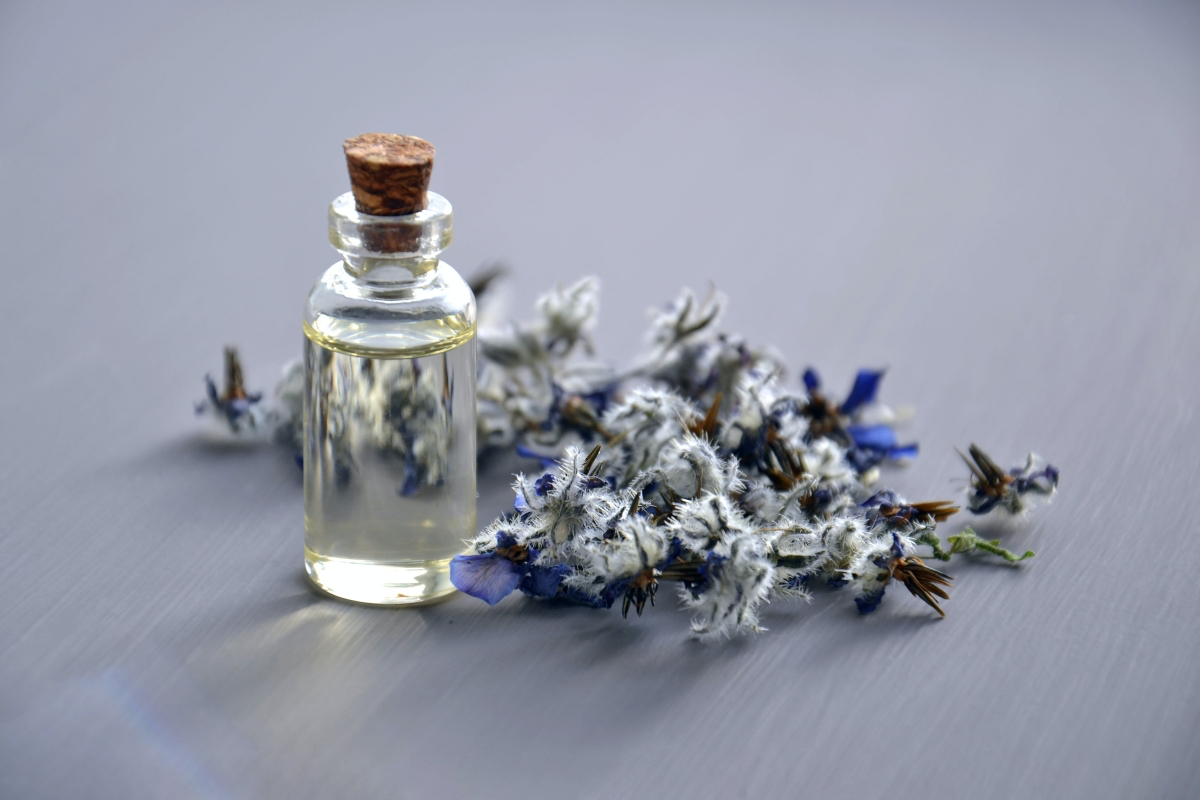
Step 3: A Smarter Way to Use Powders
After you’ve cleaned, steamed, and vacuumed, you can apply a desiccant dust. This isn’t a poison; it works mechanically by destroying the bug’s waxy outer layer, causing it to dehydrate. The best product for this is a silica gel dust like CimeXa, which you can find online. It’s more effective than standard Diatomaceous Earth (DE).
Pro Tip: The biggest mistake people make is using way too much. Bugs will just walk around big piles of powder. You want a very, very light dusting in out-of-the-way places. Use a small bellows duster to puff a fine, almost invisible film into wall voids, behind electrical outlets (turn the power off first!), and inside the frame of the box spring. If you can easily see the white powder, you’ve used too much.
Common Mistakes That Will Set You Back
Before you start, let’s cover a few things that people do that actually make the problem worse.

- Using “Bug Bombs” or Foggers: Please, don’t do this. Foggers do not penetrate the cracks where bed bugs hide. Worse, the repellent in them often just scatters the bugs to other rooms, spreading your infestation.
- Only Treating the Bed: Focusing only on the mattress is a rookie mistake. As we’ve covered, they hide everywhere. Ignoring the frame, box spring, and surrounding furniture is a recipe for failure.
- Sleeping in Another Room: It’s tempting to flee to the couch, but all this does is encourage the bugs to follow you. They are drawn to the CO2 you exhale, and you risk starting a new infestation in another part of your home.
The Big Question: DIY vs. Calling a Professional
It’s important to be realistic. Deciding whether to tackle this yourself or call in a pro often comes down to a few key factors. There’s no table or easy chart for this, just a frank assessment of your situation.

On the DIY path, you’re looking at a lower upfront cost—probably around $200 to $400 for a good steamer, encasements, dusts, and other supplies. However, the time commitment is immense. You should plan on spending several hours a week for at least a month or two on inspecting, treating, and laundering. The emotional toll is also high. This is a stressful, draining process. A DIY approach can work, but typically only for a very minor infestation that you’ve caught extremely early.
On the other hand, hiring a professional is a significant financial investment, often ranging from $1,200 to over $3,000 depending on the size of your home and the treatment type (like heat or specialized chemical applications). But what you’re paying for is expertise and efficiency. They have access to commercial-grade equipment and products that are far more effective than anything you can buy. While you still have to do a lot of prep work, the pros take on the core treatment, and the success rate for moderate to severe infestations is dramatically higher. For many, the price is worth it just to reclaim their peace of mind faster.

Oh, and one more thing: if you live in an apartment or any attached housing, you absolutely must notify your landlord. Bed bugs easily travel between units. Trying to solve it alone is nearly impossible, as they’ll just keep coming back from a neighboring unit. A building-wide, coordinated effort is the only real solution in that scenario.
Final Thoughts: A Realistic Plan is Your Best Weapon
Making a DIY spray can feel empowering, but true empowerment comes from having a realistic plan. The solution to bed bugs isn’t found in a single bottle. It’s in a methodical, relentless strategy that combines deep inspection, physical removal, heat, and smart, targeted applications. By adopting this IPM mindset, you move from just reacting to a problem to proactively taking back your space. It’s tough work, but it’s the only reliable path to getting your home—and your sanity—back.
Inspirational Gallery
The essential first step is not spraying, but isolating: Before any treatment, your bed must become a fortress. Pull it away from the walls. Get high-quality mattress and box spring encasements, like those from Protect-A-Bed or SureGuard, ensuring they have bite-proof, escape-proof zippers. Place bed bug interceptor traps, like ClimbUp Insect Interceptors, under each leg. This traps bugs trying to reach you and cuts off their food supply, forcing them to cross treated areas later.
- Eliminates existing bugs trapped inside the mattress.
- Prevents new bugs from infesting your mattress and box spring.
- Makes future inspections incredibly simple—you only need to check the smooth surface.
- Saves you from having to throw away expensive furniture.
The secret behind this peace of mind? A high-quality, lab-tested mattress encasement. It’s the single most effective non-chemical tool in your arsenal.
Bed bugs can survive for months without a blood meal, but they can’t survive temperatures above 122°F (50°C).
This is their Achilles’ heel. Run all your bedding, curtains, and clothing through a dryer on the highest heat setting for at least 30 minutes. For items you can’t wash, a portable heat chamber like a ZappBug can be a game-changer, safely cooking any bugs or eggs hidden inside books, shoes, and electronics.
I’ve vacuumed everywhere. Am I done?
Not quite. Vacuuming is excellent for removing live bugs and visible debris, but it won’t kill eggs that are glued to surfaces. That’s where steam comes in. A high-temperature, low-moisture steamer (like a Vapamore model) delivers lethal heat that kills all life stages—including eggs—on contact. Use it methodically along mattress seams, baseboards, and furniture joints after vacuuming for a one-two punch.
Think like a detective. A professional inspection goes far beyond the mattress. Use a flashlight and a credit card to check these often-overlooked hotspots:
- Inside the joints of your bed frame, especially if it’s wood.
- Behind picture frames and wall-mounted headboards.
- Along the edges of carpeting where it meets the wall.
- Inside the screw holes of furniture.
- Behind electrical outlet and light switch faceplates (turn off the breaker first!).
A word of warning: Avoid the temptation to use over-the-counter foggers or “bug bombs.” Professionals rarely use them for bed bugs because they are highly counterproductive. The repellent in the fog scatters the insects, driving them deeper into wall voids and adjacent rooms, making a concentrated infestation a widespread, much harder-to-treat problem.
Diatomaceous Earth: This isn’t a poison. It’s a mechanical killer. The fossilized algae dust has microscopic sharp edges that scratch the bug’s waxy outer layer, causing it to dehydrate and die. Always use food-grade diatomaceous earth, not pool-grade. Apply it as a very fine, almost invisible dust in low-traffic areas like behind baseboards and inside wall voids—a thick pile is ineffective and just gets avoided.
A 2018 study from Purdue University confirmed that many wild bed bug populations have developed resistance to common pyrethroid-based insecticides.
This is why simply buying a spray from the hardware store often fails. Professional pest controllers use a rotating combination of different chemical classes, including neonicotinoids and insect growth regulators, to bypass this resistance. It’s not about spraying more; it’s about spraying smarter with the right materials.
Once you’re in the clear, a few design tweaks can help prevent a recurrence. Opt for metal or plastic bed frames over wood and upholstery, as they offer fewer hiding spots. Keep the area under your bed completely clear to eliminate clutter and improve airflow. Light-colored, simple bedding not only creates a serene environment but also makes spotting any evidence of a new problem immediate and easy.
What about bringing them home from a trip?
Prevention is your best defense. When you return, leave your suitcase in the garage or on a tile floor. Immediately place all clothing into a plastic bag and take it directly to the laundry, washing and then drying on high heat. Carefully inspect your luggage, especially around seams and zippers, before storing it away. A few minutes of caution can save you months of stress.




